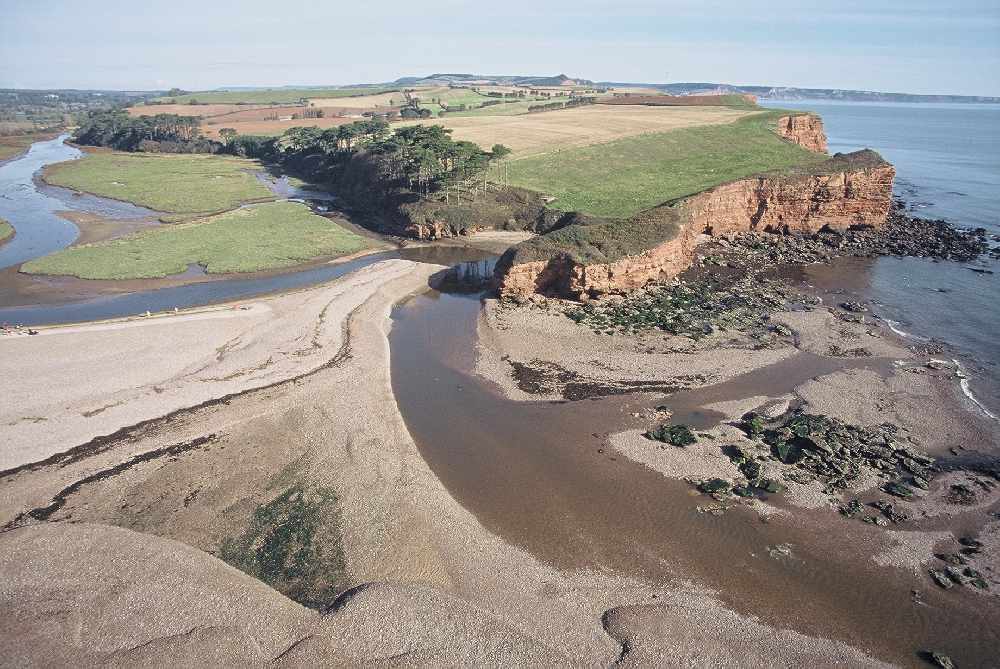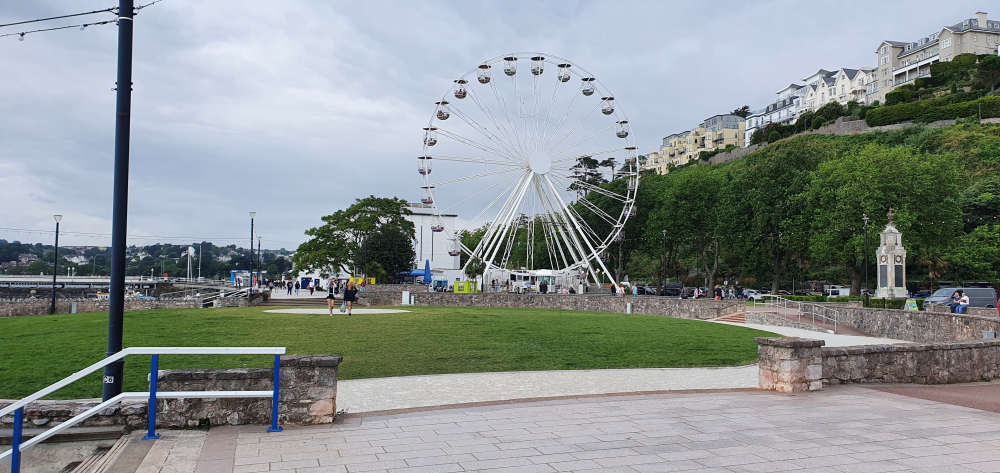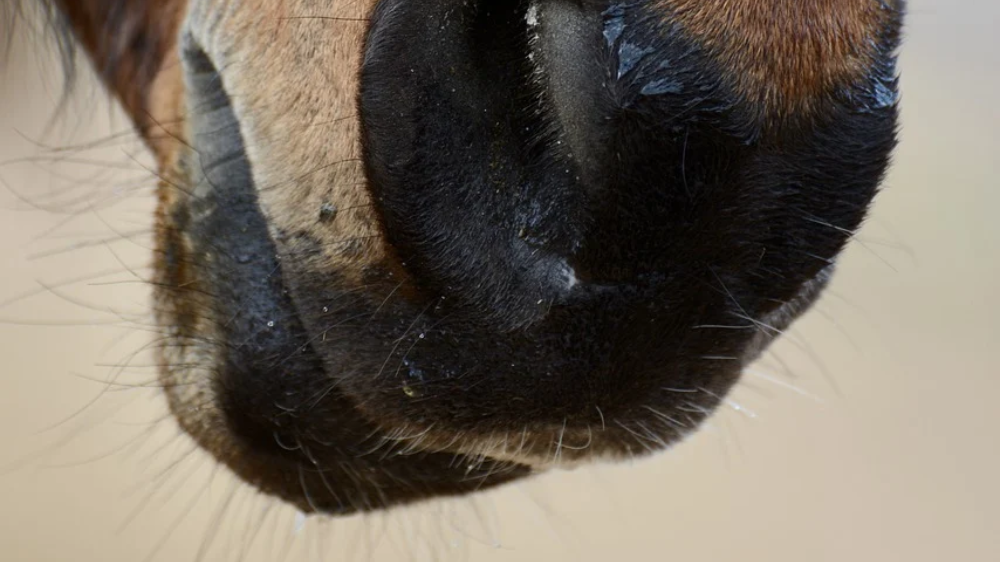
May's bad for chicks. June for dormice.
Vegetation and tree clearance work at a project that will return a Devon estuary and floodplain to a more natural condition has been postponed after campaigners were left furious over the impact it would have on nesting birds.
Wildlife TV presenter Chris Packham led the campaign in a video on Twitter that has been viewed over 35,000 times.
Set to begin last week, the clearance is said to be essential, restoring a landscape for many new species.
But following protests, the Environment Agency says the start of work has been reviewed.
The EU-funded Lower Otter Restoration Project (LORP) will reconnect the River Otter to its historic floodplain, creating more than 50 hecatres of inter-tidal mudflats, saltmarsh and other valuable estuary habitats by breaching the embankment.
This will allow a greater extent of the original floodplain to flood at high tide and drain at low tide. There will also be areas of reedbed and grazing marsh. Once established, the new site will become a wildlife reserve of international importance within five years.
In a statement, landowners Clinton Devon Estates said: “Following consultation with our partners and other environmental organisations over risks to nesting birds, the start of vegetation clearance work in preparation for the Lower Otter Restoration Project has been postponed.
“Any works in the future will be undertaken on the basis that they will not have a risk of impacting breeding birds.
An Environment Agency spokesman added that the delay had been agreed so: "that timings reflect the balance of ecological risks."
In his video post on Twitter, Packham said: “Workers were to turn up and destroy an area of scrub which is home to schedule one species. It is the breeding season as they are likely to have nests and eggs and young and we know that they are protected and you can’t destroy them.
“The EA say they have to do the work now because they cannot do it after June because of dormice on site. The bigger picture is that when the work is completed, it will generate a very rare and valuable piece of coastal habitat so the outcome could be good, but you cannot just start destroying bird’s nests when they are protected, so what sort of signal is this sending out to developer’s elsewhere.
“Come on EA, wake up. You have to do your duty on our behalf and you are meant to look after our environment and the species that live there as next time it may not be a project with a good ecological outcome. Please think again.”
Ecologists were due to accompany each clearance team and where nesting birds or signs of bats are found these places will be protected, and the birds left to rear their chicks, with buffer zones around nests.
A statement on the project's website said: “Although we know the timing of vegetation clearance for May is not ideal for birds this is constrained by the presence of dormice (a European protected species) and the need to carry out the works in the short period allowed by the licence required (as well as construction phasing and project funding deadlines).
“Before vegetation is cleared, experienced ecologists will carefully search for nesting birds and sites used by bats. Where these are found they will be left undisturbed, with a buffer zone to ensure protection. Qualified ecologists have already carried out pre-clearance surveys and will continue to do so before and during works.
It is not yet confirmed when vegetation clearance will now begin.
 Torquay big wheel will keep on turning
Torquay big wheel will keep on turning
 How Bollywood brought Torquay's big wheel to millions
How Bollywood brought Torquay's big wheel to millions
 Fifth person arrested over 'unusual batch of heroin'
Fifth person arrested over 'unusual batch of heroin'
 'New Newquay' goal for Torbay as watersports booms
'New Newquay' goal for Torbay as watersports booms
 Second man dies in heroin emergency
Second man dies in heroin emergency
 Exeter riding school needs new recruits
Exeter riding school needs new recruits
